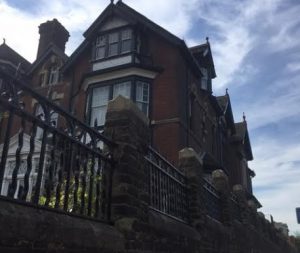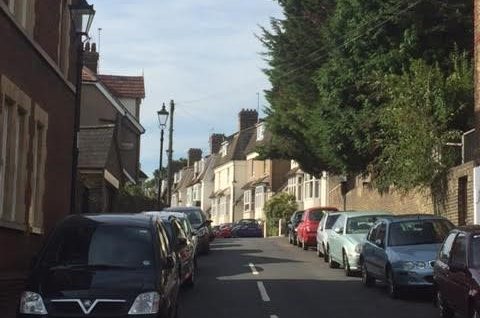 The landscape of Rochester, Chatham, Strood and Gillingham is easily identifiable through vast numbers of Victorian terraced properties.
The landscape of Rochester, Chatham, Strood and Gillingham is easily identifiable through vast numbers of Victorian terraced properties.
The development of Medway was rapid from the 1880’s onwards and continued until a secondary phase in the 1930’s which catered to the burgeoning middle class.
The Victorian terraced property was built predominantly for working class families who invariably had at least one member who worked at the dockyard, or was associated with industry connected to the dockyard.
Robustly built in 9″ Imperial stock brickwork, this most common of Medway properties remains a testament to the construction abilities of the Victorian tradesman.
With a deficit in suitable rented property and prices remaining reasonable in the area, investment in Victorian era property seems a wise investment.
But what about damp ?
Surely with being well over 100 years old, there’s high probability of ingress through external porosity, breached DPC or a cracked external gully ?
To put this into context, you must take into consideration how modern day property is constructed; with single-skin brickwork, internal timber frame and plasterboard throughout.
Yes, the chances of ingress are minimal in a modern property, but mould and mildew is a highly common occurrence.
Indeed, how durable are internal walls constructed of 12.5mm plasterboard ? Will they remain undisturbed by incremental deterioration in decades to come. Without longevity being a consideration, is it feasible that an abundance of present day properties will still be standing in 100 years time ?
Don’t let the possibility of damp dissuade you from a sound investment. Victorian property is the safest and wisest investment you can make, especially in Medway.
Any required works can be factored in to the cost and are unlikely to have any substantial bearing on allocated funds for such an investment.
Rochester Building and Damp will be happy to provide a free inspection and report for any property you intend to buy.

